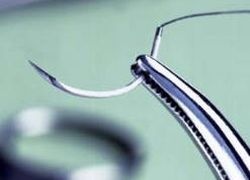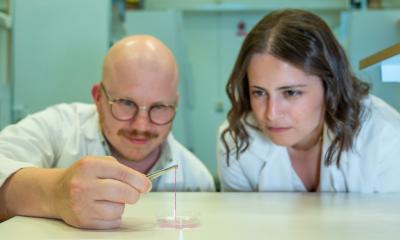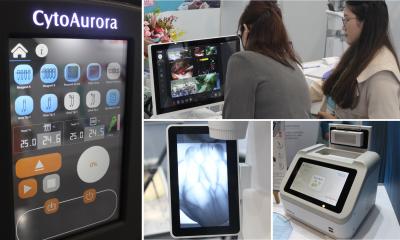Sales up for painless wound closure devices
A dramatic change in the market for painless wound closure devices is predicted during the next five years due to advances in medical and surgical technologies.

According to a report from business research group Frost & Sullivan (www.healthcare.frost.com) the European markets for the wound closure devices earned revenues of $286 million in 2005. F&S estimates this will reach $776 million in 2012.
F&S research analyst Kezia Jasper attributes this to a distinct shift towards painless wound closure, with significant change occurring in certain segments, such as absorbable sutures, skin adhesives and tissue sealants. Surgeons are already moving away from non-absorbable sutures towards absorbable sutures, F&S reports. It says the rising number of plastic surgeries is promoting the use of synthetic absorbable sutures. Along with synthetic absorbable sutures, skin adhesives are also projected to generate high revenues, thereby enhancing overall market expansion.
Skin adhesives are safe, easy to use compared with conventional sutures and staples, and they relieve the patient of painful suturing, then removal.
However, the report points out that the rising demand for minimally invasive surgery (MIS) affects the growth prospects of the overall wound closure markets, because it not only reduces suture usage but also mechanical wound closure devices and wound strips.
It says: ‘With significantly lower bleeding, another outcome of minimally invasive surgeries, the use of ligating clips, has also been eliminated, while reduced infection rates have substantially limited the need for wound strips.’
The report advises manufacturers to broaden skin adhesives and absorbable suture applications in MIS. It adds: ‘Currently, skin adhesives are used only during emergencies and for small cuts and incisions. Arresting the ongoing decline in product sales is possible by advocating the usage of skin adhesives in the closure of surgical incisions. At the same time, encouraging the use of synthetic absorbable sutures for closure of external wounds will boost unit sales.’
For a virtual brochure, which provides an overview of the F&S analysis ‘European Markets for Wound Closure Devices’ (BA02 – 54), e-mail Radhika Menon Theodore - Corporate Communications at rmtheodore@frost.com, giving your full name, company name, title, phone number, e-address, city, state, and country.
27.12.2006





